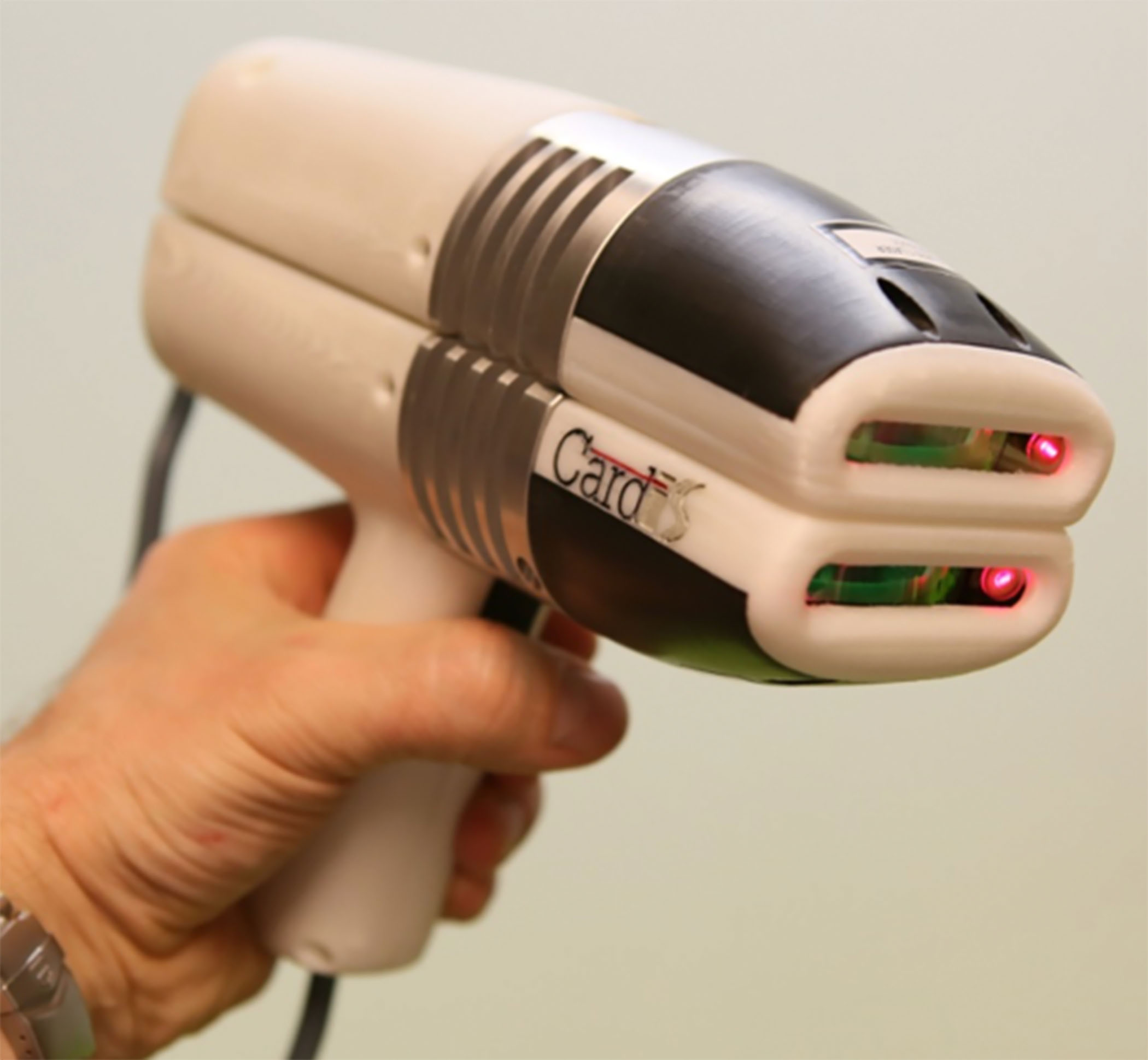EU photonics project targets cardiovascular disease diagnosis

InSiDe project to develop mobile point-of-care screening and diagnostic device based on Laser Doppler Vibrometry
Imec, the Belgian research and innovation hub, and Ghent University, together with Medtronic and their project partners announced the launch of the H2020 project InSiDe.
The objective of InSiDe is to provide access for the medical community to a mobile diagnostic device based on silicon photonics to identify and characterise different stages of cardiovascular diseases (CVD). The device offers fast, flexible and patient-friendly monitoring of CVD, keeping patients in their home environment while still being able to closely follow-up and intervene in due time.
“The InSiDe project has been triggered by the remarkable outcome of the H2020 project CARDIS. Together with the CARDIS project partners, we developed a prototype mobile, affordable, point-of-care screening device for CVD. The device enables fast and reliable measurement of CVD-related biophysical signals through minimal physical contact with the patient and minimal skills from the operator,” stated Roel Baets, group leader at Imec and professor at Ghent University. “The objective of the InSiDe project is to take this CARDIS prototype device a major step further towards proven medical relevance and towards commercialisation.”
The operating principle of the device is Laser Doppler Vibrometry (LDV): a low-power laser is directed towards the skin overlying an artery. The skin’s vibration amplitude and frequency, resulting from the heartbeat, are extracted from the Doppler shift of the reflected beam. The key underlying technology is silicon photonics, which allows the implementation of advanced optical functionality in a chip produced in a CMOS fab environment.
The CARDIS prototype device underwent a first clinical feasibility study at the Georges Pompidou European Hospital in Paris (France) and at the Academic Hospital of Maastricht (The Netherlands), collecting a substantial clinical dataset, both from healthy subjects as well as from patients with cardiovascular conditions. The quality of the device readings was found to be very good and adequate biophysical signals could be obtained in all subjects, even if the algorithmic translation to relevant markers for medical pathologies needs further work.
Roel Baets added: “The very promising results from the CARDIS project stimulated the consortium to take the next step and aim at bringing the prototype to a true manufacturable product that is useful for GPs and cardiologists in their daily practice.”
To bring the CARDIS prototype to commercialisation, the InSiDe project will develop a handheld clinical, battery-operated investigational device capable of measuring, quantifying and recording cardiovascular conditions and algorithms to translate the interferometer signals into data. It will also demonstrate in clinical feasibility studies the usefulness of the device for GPs and cardiologists and outline a path to industrialisation and manufacturability.
InSiDe is supported by the European Union’s Horizon 2020 Framework Programme for Industrial leadership in Information and Communication Technologies (H2020) and by the Photonics Public Private Partnership Photonics21.
Over the next four years, InSiDe will be managed by Imec, through Imec’s associated laboratory located at Ghent University (Photonics Research Group in the Department of Information Technology). Medtronic Bakken Research Centre (Netherlands) will be responsible for the scientific and technical coordination of the project. Other industrial, academic and clinical partners will bring their expertise to the project: Ghent University (Belgium), Politecnico di Torino (Italy), Tyndall National Institute (Ireland), Microchip Technology (United Kingdom), Argotech (Czech Republic), National Institute for Health and Medical Research – INSERM (France), Universiteit Maastricht (Netherlands) and Fundico (Belgium).
This project has received funding from the European Union’s Horizon 2020 research and innovation program under grant agreement No 871547.



































